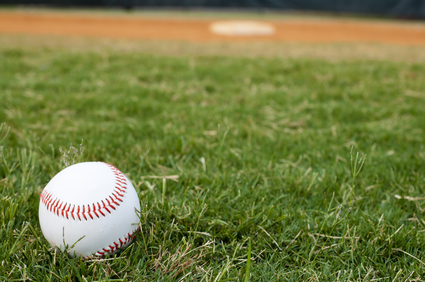Whether you want a new baseball field for your child’s Little League team or a regulation-size field in your own backyard, you can easily put together your own baseball field on any relatively level and open plot of land.
Getting Started
In order for your baseball field to be successful, you need to keep in mind the following four points:
1. The area must have adequate water drainage.
2. The area must have a well maintained irrigation system, or you must be committed to frequent watering with multiple sprinklers.
3. A maintenance program to deal with turf and clay conditions is essential.
4. You need bases and a pitching rubber and may want surrounding structures like fences, benches or spectator stands.
You can buy bases, pitching rubbers, temporary bleachers for fans, and even field maintenance equipment from a local vendor, or you can order everything you need from a store like Dick’s Sporting Goods.
The Right Size
If you are building a professional sized baseball field, Major League Baseball states that you need to create a square with 90-feet sides. Create the outfield by extending the line that runs from home base to first base and the line that runs from home base to third base. Ideally, the distance from home base to the nearest fence should be at least 250 feet long along this foul line. The distance from home base to center field should be approximately 400 feet.
If you want to build a smaller field, Little League diamonds can be as small as 75 feet for kids who are 13, and they can be 60 feet for kids 12 and under. Tee-ball players can even play on a 50-foot diamond, according to Little League.com.
Home Plate
The positioning of your field will be determined by home plate. Once you have located home plate, measure straight out to where you want second base located. To determine how far second base should be from home plate, you will need to dust off your geometry skills and use the Pythagorean theory.
Once second base is planted, you can determine the position of first and third base by finding the two spots that are exactly 90 feet from both home base and second base. Doing this accurately will give you a perfect diamond.
Boundaries
Use fences to define the boundaries of your field. They are the safest and best looking option, but if you are planning on building your own, you’ll need some construction rental equipment. You can get everything you need from backhoes to pole hole diggers from a rental company, and you can also find equipment to help with the rest of your project including leveling the field or installing irrigation canals.
To provide safety to your spectators, Baseball Almanac recommends planning for some type of backstop behind home plate. If you are just building a backyard field, you can keep errant balls from escaping the field by putting in shrubs instead. However, if you are going to use the field for regulation high school or college games, the shrubs need to be at least 60 feet.
written by Michael Redman
Mike is a single dad of two boys living in the Southwest. He runs his own social media and marketing business and coaches Little League.












One Response